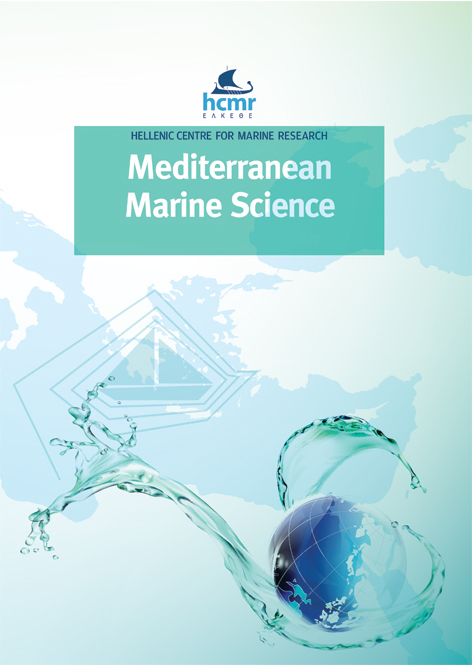Performance of a baited underwater video system vs. the underwater visual census technique in assessing the structure of fish assemblages in a Mediterranean marine protected area
Аннотация
Accurate, rapid and cost-effective fish assemblage monitoring is fundamental for marine protected area (MPA) management as a pivotal tool to verify whether and to what extent MPA conservation objectives have been achieved and to redefine these objectives in the framework of an adaptive management. Recently, there has been a sharp increase in the number of video-based methods to study fish fauna, such as baited remote underwater video (BRUV) systems, that, depending on the objectives of the monitoring, can provide complementary or additional data to the more commonly used underwater visual census (UVC). Even though BRUV systems have been widely used in a wide range of geographic contexts and habitats, their use in the Mediterranean basin is still sporadic and the evaluation of the efficiency of BRUV systems and whether they can be used to complement other techniques needs investigation. Thus, the objective of this study was to assess the performance of a BRUV system in a Mediterranean MPA and to evaluate its effectiveness in assessing the structure of fish assemblages (abundance and species richness) by comparing estimates with those obtained by the UVC technique. The fish fauna were monitored by BRUV and UVC in the Capo Caccia – Isola Piana Marine Protected Area (Sardinia, Italy), in July and October-November 2020, at four sampling sites and two areas, hundreds of meters apart, for each site. Overall, 46 taxa and a total of 3620 individuals were observed by BRUV, while 36 taxa and a total of 2995 individuals were observed by UVC. The species first observed in front of the camera’s field of view and able to reach the maximum abundance were the planktivores (Chromis chromis and Oblada melanura) followed by several carnivorous species belonging to the families Labridae, Serranidae and Sparidae, and lastly two carnivores (Mullus surmuletus and Mugilidae spp.) and some high-level predators (Dentex dentex, Seriola dumerili, Sphyraena viridensis, Dicentrarchus labrax). The maximum species richness and abundance were reached between 39 and 50 min. The cumulative species richness increased until around 30 min. Species richness was higher during the BRUV compared to the UVC monitoring. The consistency in findings between BRUV and UVC and a better performance of BRUV in detecting some species (mainly high-level predators), supports BRUV as an additional technique for describing and quantifying species richness and abundance also in the Mediterranean Sea. Based on the results of this study, the advantages/disadvantages, shortcomings, suggestions and resources needed for the two techniques are outlined.
Article Details
- Как цитировать
-
LA MANNA, G., GUALA, I., GRECH, D., PERRETTI, F., RONCHETTI, F., MANGHI, M., RUIU, A., & CECCHERELLI, G. (2021). Performance of a baited underwater video system vs. the underwater visual census technique in assessing the structure of fish assemblages in a Mediterranean marine protected area. Mediterranean Marine Science, 22(3), 480–495. https://doi.org/10.12681/mms.26639
- Выпуск
- Том 22 № 3 (2021)
- Раздел
- Research Article
Authors who publish with this journal agree to the following terms:
- Authors retain copyright and grant the journal right of first publication with the work simultaneously licensed under a Creative Commons Attribution Non-Commercial License that allows others to share the work with an acknowledgement of the work's authorship and initial publication in this journal.
- Authors are able to enter into separate, additional contractual arrangements for the non-exclusive distribution of the journal's published version of the work (e.g. post it to an institutional repository or publish it in a book), with an acknowledgement of its initial publication in this journal.
- Authors are permitted and encouraged to post their work online (preferably in institutional repositories or on their website) prior to and during the submission process, as it can lead to productive exchanges, as well as earlier and greater citation of published work (See The Effect of Open Access).












